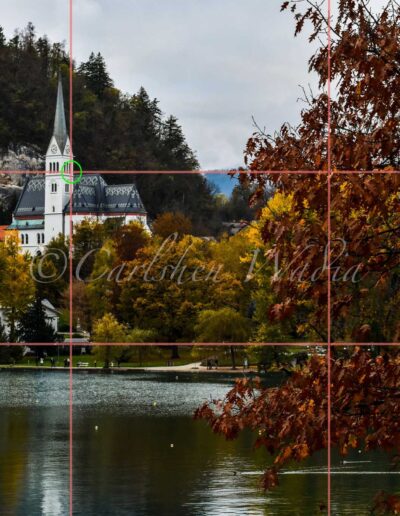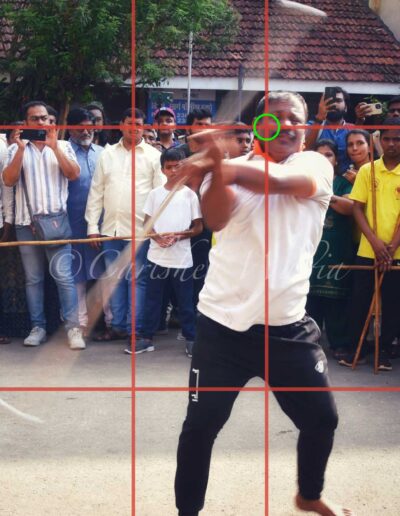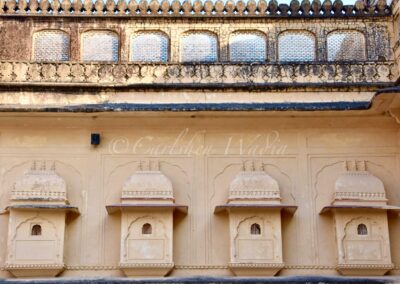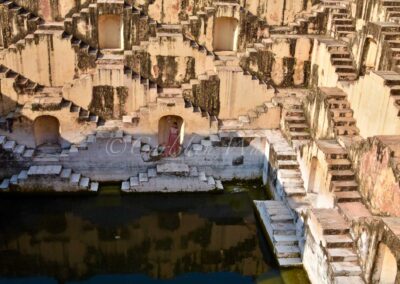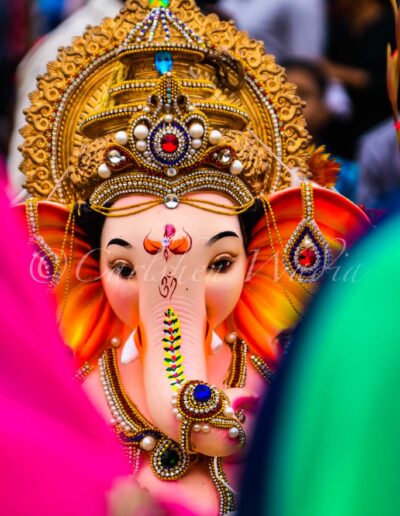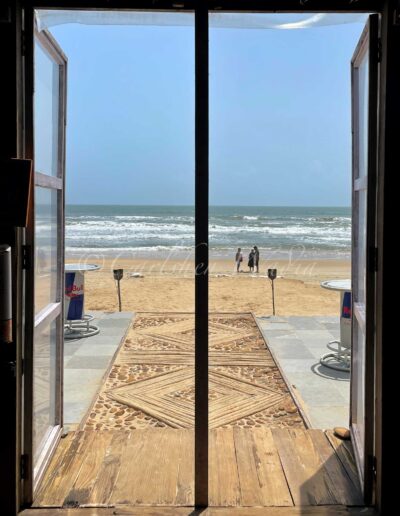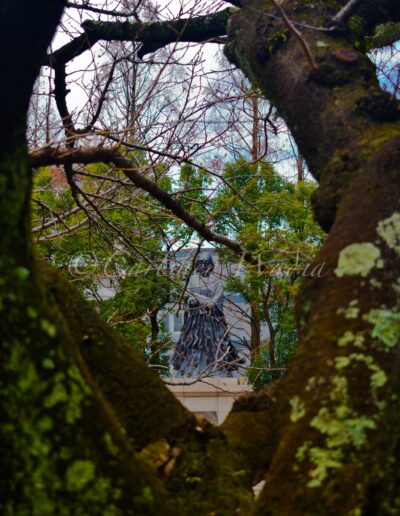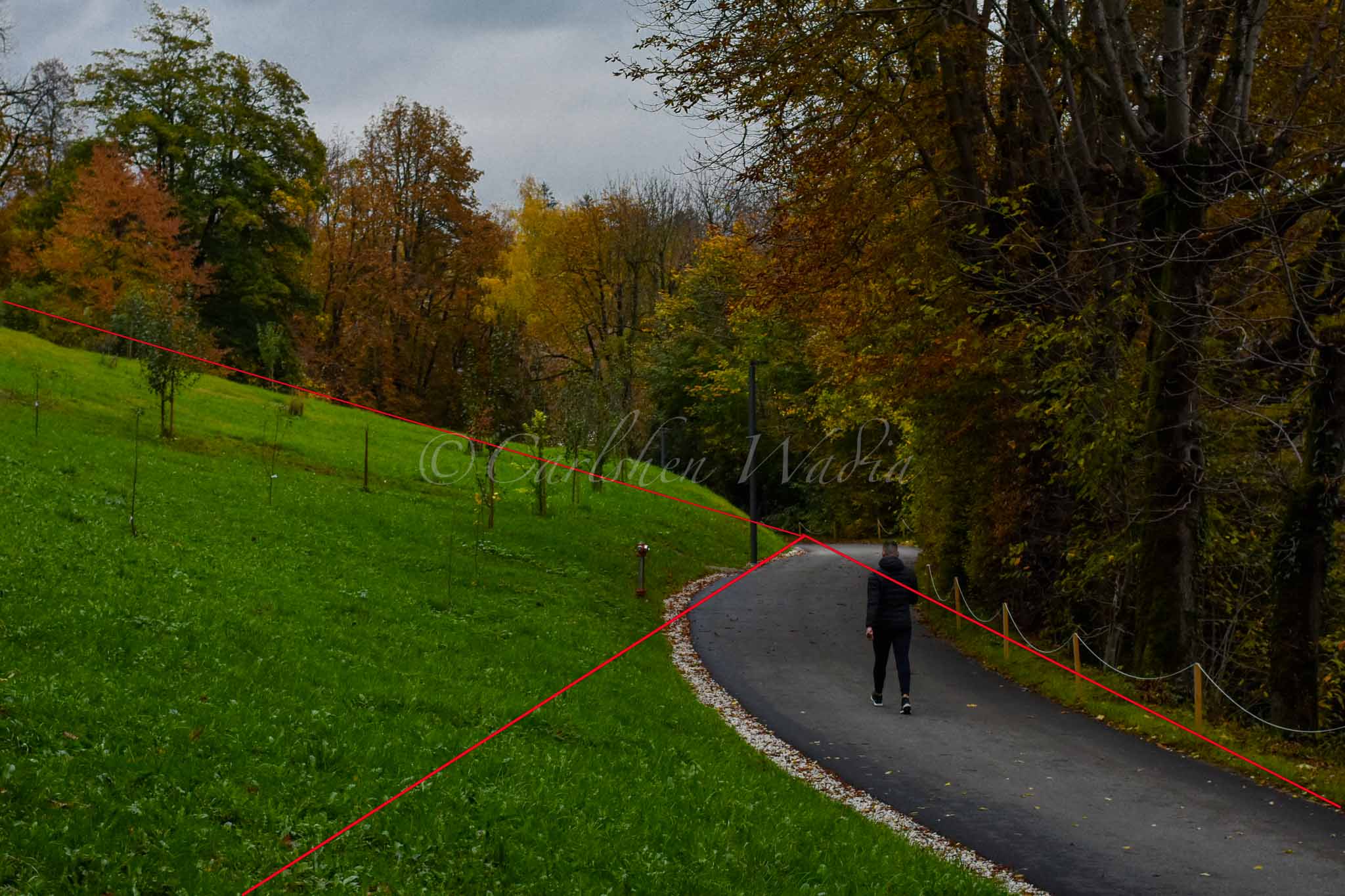
5 Basic Framing & Composition Techniques In Photography
Choosing a state of the art camera does not make one a photographer. What helps turning an ordinary snapshot into a compelling work of art is by putting efforts into the composition. The photos you click should convey a story, with that being said, composition is responsible for the narrative of the photograph, it dictates everything what the photo needs to say. If you are seeking proven methods to enhance your photos while capturing them, rather than relying on post processing tools, you’ve come to the right place.
Explained below in brief are 5 basic framing/composition techniques to level up your photography with examples.
Click on the images to view them in full size.
The rule of thirds:
Whether you are shooting portraits or landscapes imagine a 3×3 grid that divides your frame in equal sections. Place the subject of importance along the intersection lines and use the horizontal and vertical lines to align the surrounding horizon. Most modern cameras or mobile cameras come with a grid to aid you in composing the perfect photograph. This fundamental technique operates on the concept that positioning your subject away from the centre results in a more naturally balanced composition.
Patterns & repetitions:
Patterns look aesthetically pleasing to the eye. Patterns can consist of elements that recurrently repeat in a predictable manner. At times try disrupting the pattern by adding an element of surprise to your shot.
An example of disrupting a pattern is shown below: A lady standing on the stairs of the step well disrupting a uniform pattern.
Center eye composition:
While photographing people especially during street photography, place their dominant eye in the centre of the photograph. This evokes a feeling that the subject’s eye is following the viewer. This composition also captures true emotions up close that delivers a powerful end result.
Natural frames/Frame within a frame:
Many times external structures can serve as natural frames. Utilise elements like windows, arches, trees etc. to your advantage. This is fairly easy to achieve. All you need to do is frame your main subject within another frame. This is a great compositional technique to improve your photography and also one of my personal favourites. Frames are naturally present everywhere, identify opportunities and give this technique a spin to spice up your photography.
Leading Lines:
An effective composition that guides a viewer’s eyes from one place in the picture to another. Most scenarios can be used as leading lines and it need not be an obvious continuous scenario like a long road, it can be series of rocks, flowers, stars…….anything! The trick here is to shoot the photo in such a way that they evoke a feeling of “leading to something”
Things to remember:
- The composition techniques mentioned above are not something that is etched in stone which needs to be strictly followed. They serve as a helping hand to make your photos convey a story. Feel free to explore your own creativity by bending some rules too. Use the camera as your extended eye.
- Start creatively looking at things and the photos you shoot will finally have a meaning to them.

